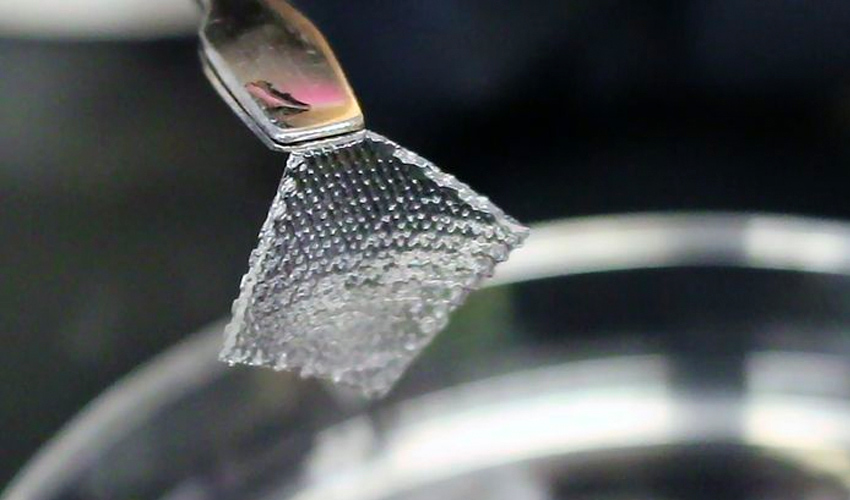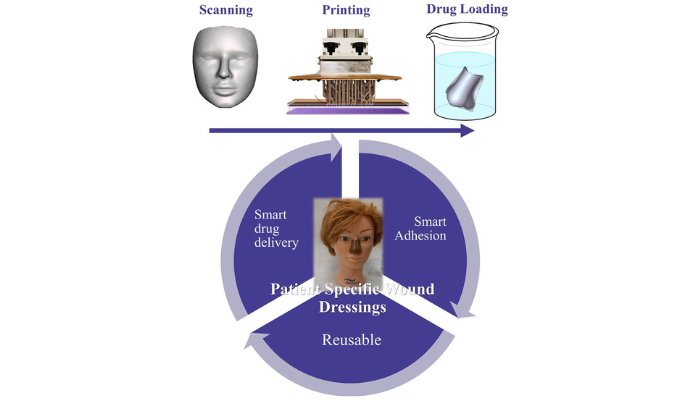Breakthrough in the Treatment of Burn and Cancer Patients with 3D Printed Wound Dressings

Additive manufacturing is making significant strides in the medical industry, revolutionizing the production of prostheses, implants, and surgical planning. In a notable breakthrough, researchers at the University of Waterloo have utilized 3D printing technology to address the needs of burn and cancer patients, specifically in the development of hydrogel wound dressings. Traditionally, dressing changes have caused considerable pain for burn victims, presenting a significant challenge for healthcare professionals. However, the introduction of 3D printed wound dressings made from smart hydrogel materials, with their unique polymer structure, aims to accelerate the healing process and minimize pain during dressing changes. This innovative approach holds great promise for more comfortable and efficient wound care in the future.
“We can customize the shape with a 3D printer, and the material has a fine-tuned surface adhesion, which is a key element,” explains Dr. Boxin Zhao, a professor in the university’s Department of Chemical Engineering. The unique surface of these dressings ensures excellent and gentle adhesion to the skin, even on complex body parts like the nose and fingers. Additionally, their material properties make them easy to remove, resulting in pain-free dressing changes. The utilization of 3D printing in their development brings a significant advantage: personalization. By leveraging 3D printing technology, the wound dressings can be tailored to each patient’s specific needs, allowing for optimal treatment outcomes. This personalized approach enhances the effectiveness and comfort of the dressing application, further advancing the field of wound care.

3D printed wound dressings support wound healing. (photo credits: ©University of Waterloo)
Treatment of Cancer Patients
In addition to burn victims, the new wound dressings also hold promise for cancer patients. The traditional lengthy hospital stays are now being replaced by a more comfortable treatment option. These dressings are specifically designed to provide a continuous and controlled release of medication onto the skin, ensuring effective therapy. Composed of a biopolymer derived from seaweed, a thermally reactive polymer, and cellulose nanocrystals, the dressings possess unique properties. They can be cooled in a refrigerator and gradually warm up to body temperature when applied to the skin, offering a soothing and gentle experience.
The wound dressings are expected to find future use outside the medical industry. “We also envision applications in the beauty and cosmetics industry. Cosmetologists can use 3D scanning technology to analyze their clients’ facial features and customize hydrogel masks enriched with specific facial and skin care products. In addition, this innovative approach can benefit plastic surgeons,” said Dr. Zhao. The researchers’ next steps are to further optimize their development to achieve commercial feasibility. More information can be found in the Journal of Colloid and Interface Science study HERE.
What do you think of this treatment for cancer patients? Let us know in a comment below or on our LinkedIn, Facebook, and Twitter pages! Don’t forget to sign up for our free weekly Newsletter here, the latest 3D printing news straight to your inbox! You can also find all our videos on our YouTube channel.
*Cover photo credits: ©University of Waterloo






